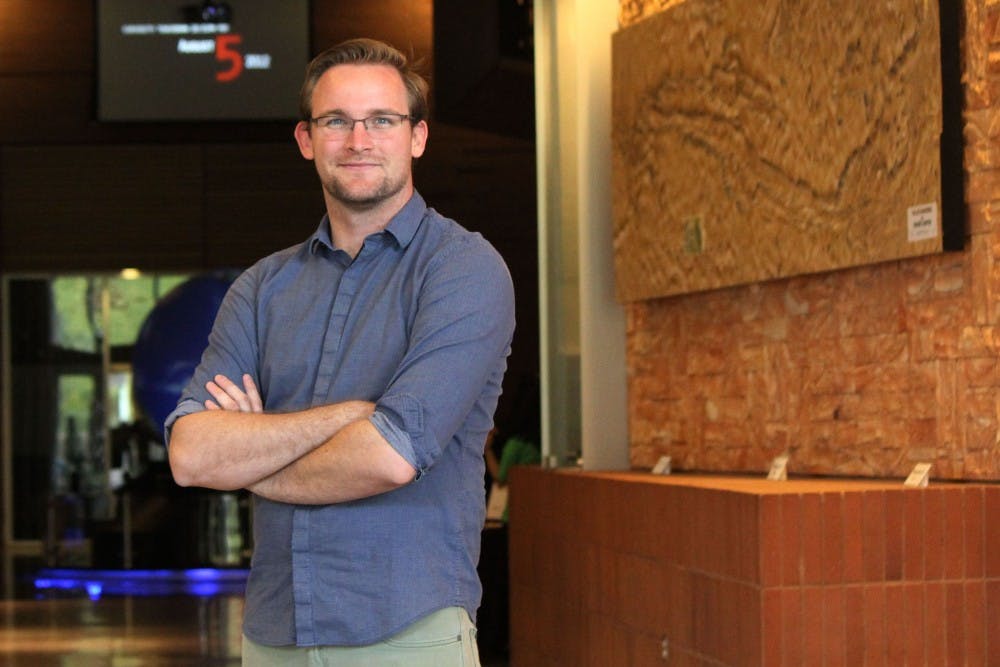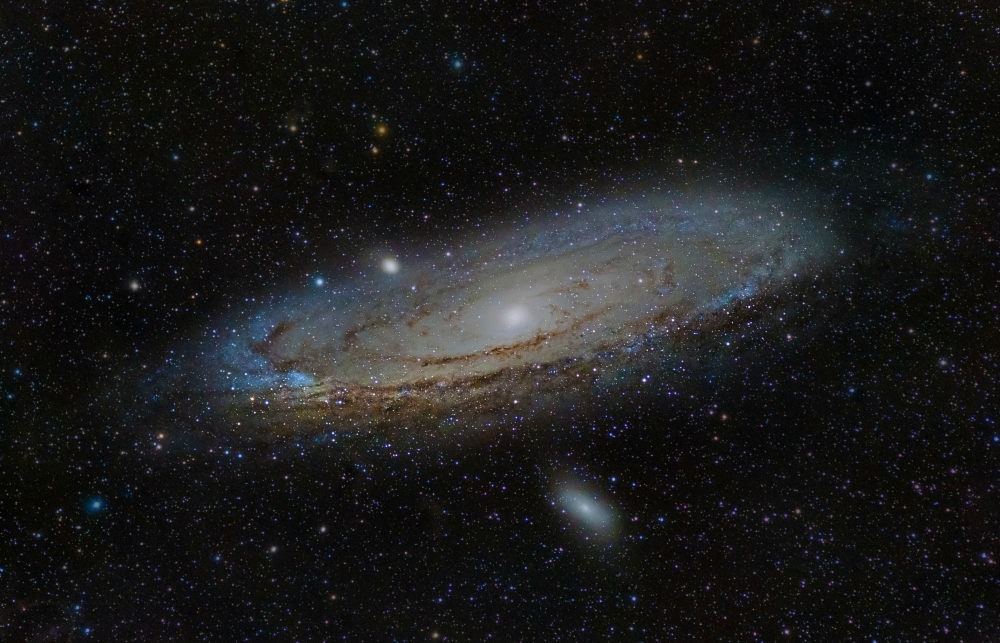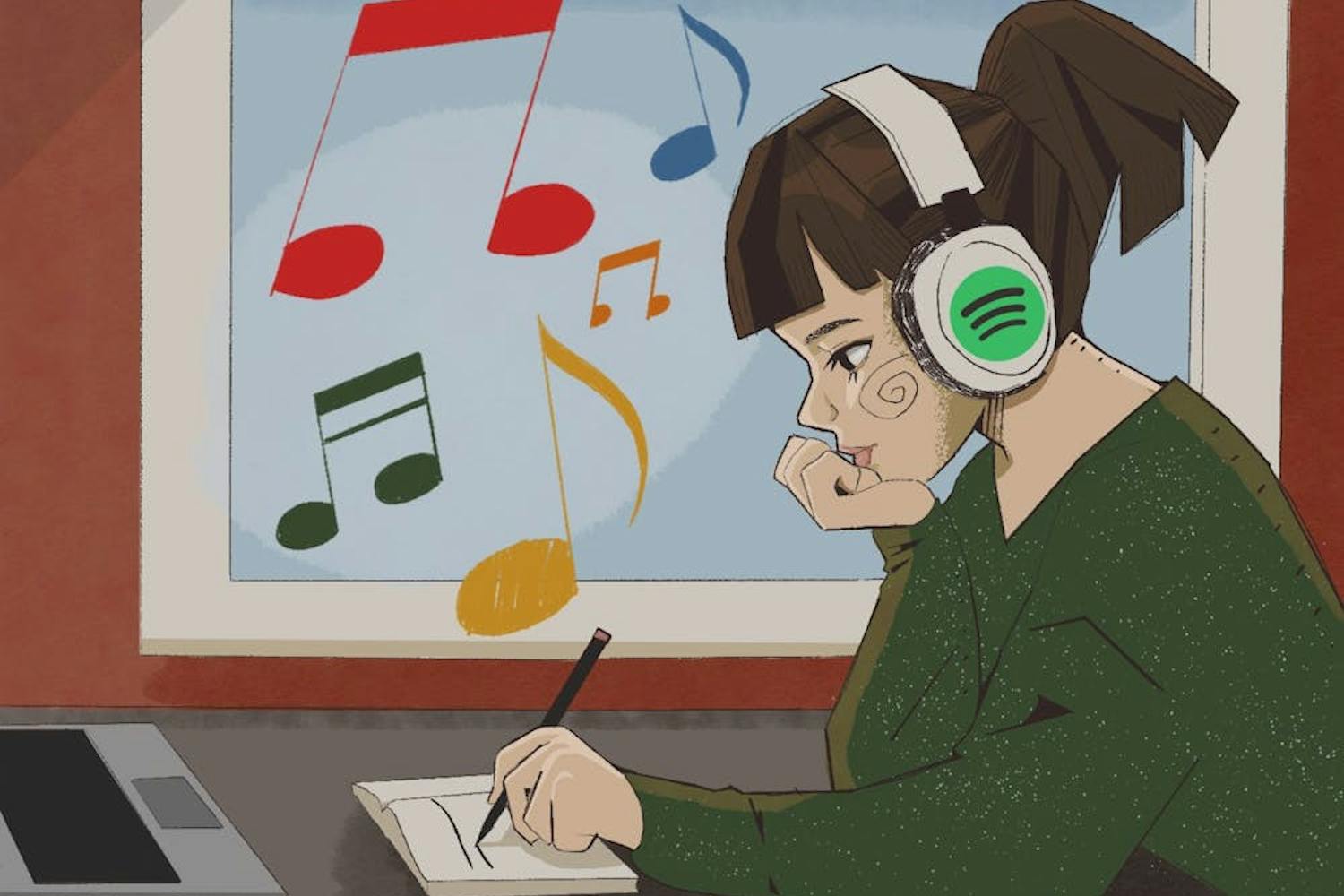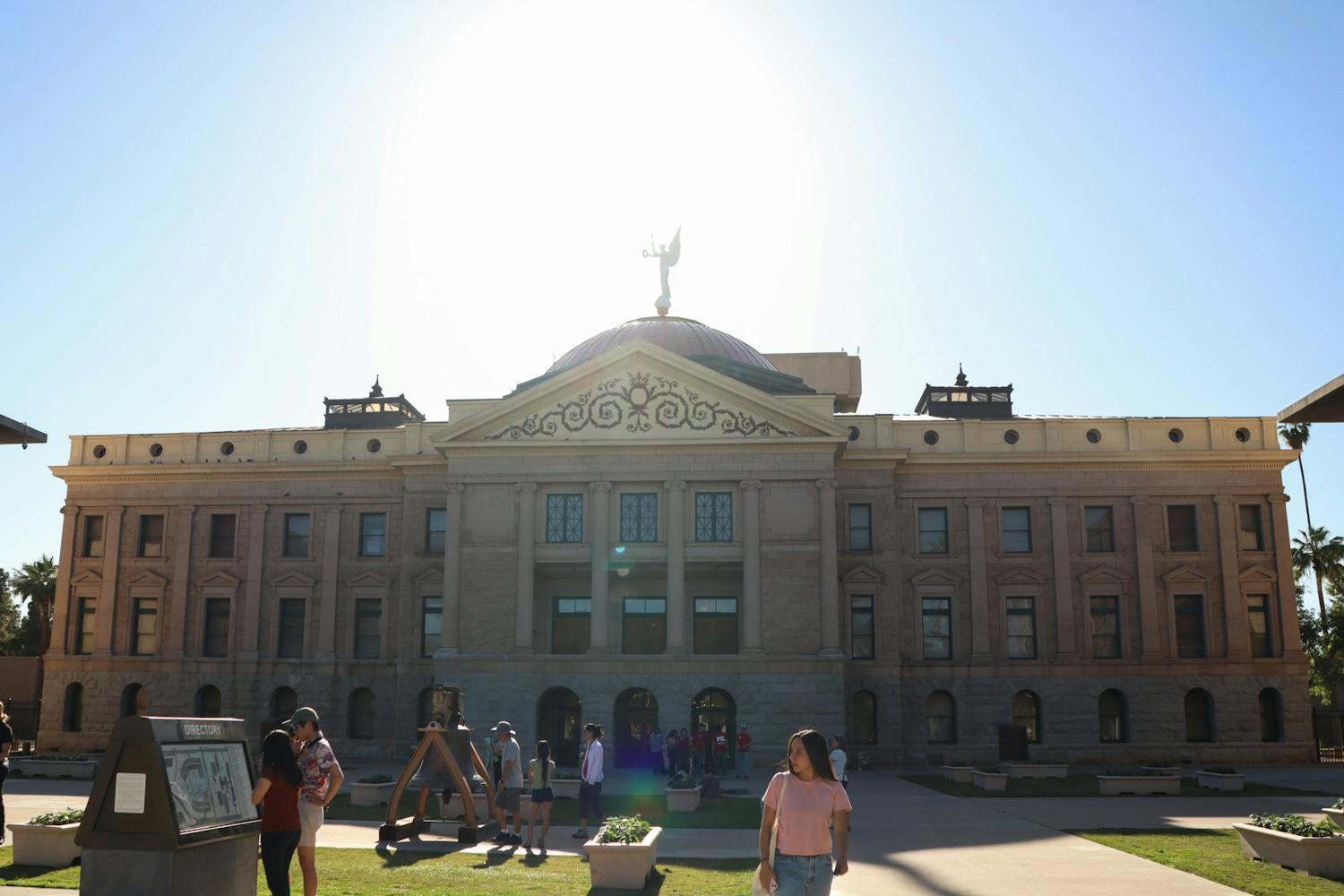Each week reporter Noelle Lilley will tackle a different major, tour its school and talk to its students in the hopes of highlighting the uniqueness and diversity of our beloved University. This is "ASU According To You."
From the moment you step inside the School of Earth and Space Exploration, you feel like you're straight out of a scene from Star Trek.
Launched in 2006, SESE took a new and groundbreaking approach to science and engineering in our world and beyond. The program offers a high level of professionalism and innovation for its students. Those in SESE can major in Earth and environmental studies or Earth and space exploration, the latter offers a variety of subdivisions including astrophysics and geological sciences. A common favorite is exploration systems design, one which junior Marc Leatham is particularly passionate about.
Tall, energetic and likely to talk a mile a minute, Leatham said he has a devotion to all things science. Even an English-loving-STEM-hating journalism nerd like myself could not resist the enthusiasm Leatham presented as he told me the joys of Earth and space exploration.
The road to a degree in Earth and space exploration has been a long one for Leatham. He said he changed his major twice from aeronautical engineering and computer science to choral education and speech pathology before finally discovering his current major in explorations systems design.
The program aims to help students gain an understanding of geology, physics and astrophysics while also developing the knowledge to create hardware or software that pushes the boundaries of the science world.
"The whole goal behind my major is to bridge the gap between scientists and engineers," Leatham said. "If you have a passion in space, if you have a passion in advancing the scientific knowledge, then this is the program for you."
The careers offered with this degree are distinct and elite, many within the fields of aerospace industry, national laboratories, federal government, manufacturing, NASA centers and more. Leatham said scientists find what needs to be built, engineers know how to build and thus students of his majors learn to do both.
He also said that SESE truly stands apart in that there is complete and total hands-on experience. The school's towering building houses several laboratories where students can be paid to work on various projects that nearly replicate what they will actually be doing as professionals.
In the ECHO lab where Leatham said he works, he and his peers are developing a system to calibrate radio telescopes and better interpret signals coming from space. These projects often get picked up by industry dynamos like NASA's Jet Propulsion Laboratory and Orbital ATK. Many students also work at internships and fellowships, inside and outside the school.
"This is what the value is in SESE," Leatham said. "People that have a tendency to dream big and actually realize those dreams tend to gravitate toward SESE. ... The passion you’ll be surrounded with is unparalleled to any other place at ASU."
The school also hosts its annual The Great SESE Pitching Competition, an event where undergraduate and graduate students get the chance to pitch ideas to a panel of judges, their peers and faculty. The winners of this competition then receive monetary funding to make their dreams a reality.
At the competition Leatham said he won the $1,000 first place prize in the undergraduate division for his plan to host astrophotography workshops for kids, which he will begin in the summer of 2016. Leatham said this idea hits close to home because photography has been a passion of his for quite some time and is what initially drew him to SESE.
"I love being able to teach kids how to recognize what problems they’re going to solve and what resources to use to do it," he said.
Prior to becoming a SESE student, Leatham said he often used a telescope tracking mount and a Sony A7 to take photos of stars and space while out in the desert. He said someone eventually saw his photos, suggested he look into Earth and space exploration and the rest, as they say it, is history.
In regards to what makes a successful SESE student, Leatham said dedication and passion. He said that the opportunities through this program are endless as long as students take the initiative to work hard and find them.
"If your heart isn’t set on being involved and making history, then you’re not going to do as well as you could," Leatham said.
Related links:
ASU According To You: An Aviation Student
ASU According To You: A justice studies student
Reach the reporter at nlilley@asu.edu or follow her @noelledl on Twitter.
Like The State Press on Facebook and follow @statepress on Twitter.





